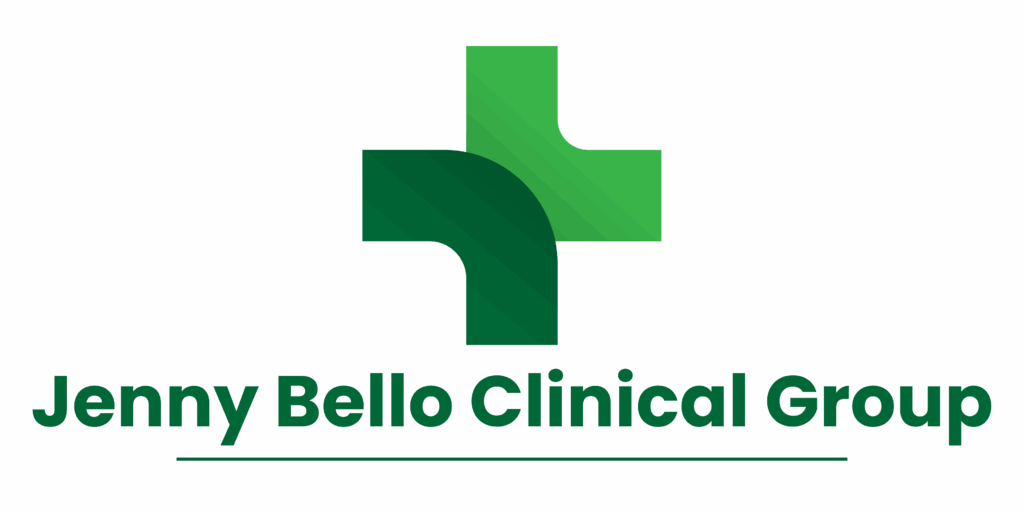To Buy Cephalexin Online Visit Our Pharmacy ↓
 Cephalexin Interactions: Foods, Drugs, and Supplements
Cephalexin Interactions: Foods, Drugs, and Supplements
How Cephalexin Works Inside Your Body
Once swallowed, cephalexin bursts into action by entering your bloodstream through the digestive tract. From there, it targets harmful bacteria, halting their ability to build protective cell walls. This disruption weakens the bacteria and makes them more vulnerable to your immune system, accelerating recovery from infection.
Unlike some antibiotics, cephalexin is designed to focus on a range of common bacteria while leaving most “good” flora in your gut undisturbed. Its journey through your system is fairly swift—after about an hour, it reaches peak effectiveness, working tirelessly to clear bacterial invaders before being filtered out by your kidneys.
| Step | Description |
|---|---|
| Absorption | Cephalexin enters bloodstream via intestines |
| Action | Inhibits bacteria cell wall formation |
| Elimination | Filtered by kidneys and removed from body |
Foods That May Impact Cephalexin Absorption

When starting a course of cephalexin, many people wonder if what they eat could change how well the antibiotic works. While taking this medication, timing your meals carefully can make a difference. Dairy products like milk, cheese, and yogurt can interfere with cephalexin absorption if taken too closely together. These foods contain calcium, which binds to the antibiotic and may reduce how much your body takes in.
High-fiber foods like whole grains and bran are another consideration. Eating fiber-rich meals right before your dose can sometimes slow down cephalexin’s entry into your system. This effect might not be dramatic, but it’s worth considering for optimal results.
Fatty meals can alter how quickly cephalexin is absorbed, but they generally do not completely block its action. Still, experts often recommend taking the antibiotic with a light snack or on an empty stomach if possible. This not only helps avoid unnecessary interactions but can also reduce stomach upset.
Being mindful of your eating habits during treatment can make a real difference. Paying attention to the timing and type of food ensures your cephalexin works as effectively as possible, supporting a faster recovery.
Common Drug Interactions to Watch Out for
Mixing cephalexin with certain medications can lead to unexpected side effects or reduce its effectiveness. For example, some diuretics and probenecid may boost cephalexin levels in your blood, increasing the likelihood of unwanted reactions. On the other hand, combining cephalexin with blood thinners like warfarin may affect blood clotting, raising the chance of bleeding.
Additionally, some antacids and medications that reduce stomach acid can decrease the absorption of cephalexin, making infections harder to treat. Always keep your healthcare provider informed about all the medicines you take. This helps them flag potential problems and ensures your infection-fighting treatment works as intended.
Hidden Risks: Supplements and Cephalexin

Many people reach for supplements to boost their health, but combining them with cephalexin can lead to unexpected effects. For instance, calcium, magnesium, and iron supplements may bind with cephalexin in the gut, making it harder for your body to absorb the antibiotic. This can reduce its effectiveness in fighting infection.
Another concern involves probiotics, which are often used to support digestive health. While some believe probiotics can help prevent antibiotic-related side effects, taking them too close together may lessen the benefits. It’s best to space out doses by several hours.
Certain herbal supplements, like St. John’s Wort, can also impact how cephalexin is broken down in your body. This may increase side effects or reduce the drug’s potency. Consulting your healthcare provider before mixing supplements with cephalexin is always wise.
Alcohol and Cephalexin: Separating Myths from Facts
Many people wonder if enjoying a drink while taking cephalexin is truly off-limits. While alcohol doesn't directly affect the antibiotic's effectiveness, it can amplify side effects like stomach upset, dizziness, and drowsiness. Mixing both may make it harder for your body to recover, especially if you’re already feeling unwell from an infection.
It’s not strictly forbidden, but healthcare professionals often recommend moderation or avoiding alcohol during cephalexin treatment. This cautious approach helps you experience fewer side effects and supports your recovery.
| Consideration | Details |
|---|---|
| Direct Interaction | No major pharmacological interaction |
| Potential Side Effects | Increased risk of nausea, dizziness, and fatigue |
| Recommendation | Limit or avoid alcohol until treatment is complete |
Smart Tips for Safe Cephalexin Use
Taking cephalexin correctly boosts its effectiveness and helps prevent resistance. Always complete your prescribed course, even if you start feeling better. If you miss a dose, take it as soon as you remember, but don’t double up if it’s almost time for the next one.
Keep a list of all your medications and share it with your healthcare provider to avoid harmful interactions. Store cephalexin at room temperature, away from humidity and direct sunlight, to preserve its strength.
Drink plenty of water while on cephalexin to help your kidneys process the medication efficiently. Try to take each dose at the same time daily for consistency.
If you experience unusual side effects—like rashes, difficulty breathing, or severe diarrhea—contact your doctor right away. These precautions help ensure your safety and support a smooth recovery.
